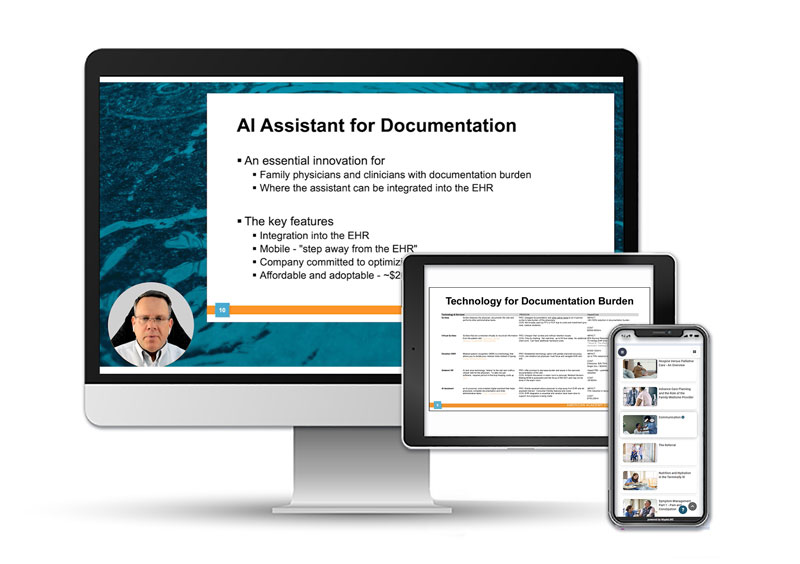


Imagine spending most of your day face to face with patients instead of filling out paperwork. Now stop imagining and make it real.
Groundbreaking new technologies and strategies exist that can reduce day-to-day stressors and help you deliver the best possible patient care. Log in to learn from other family physicians about the innovations they use to address administrative burden.